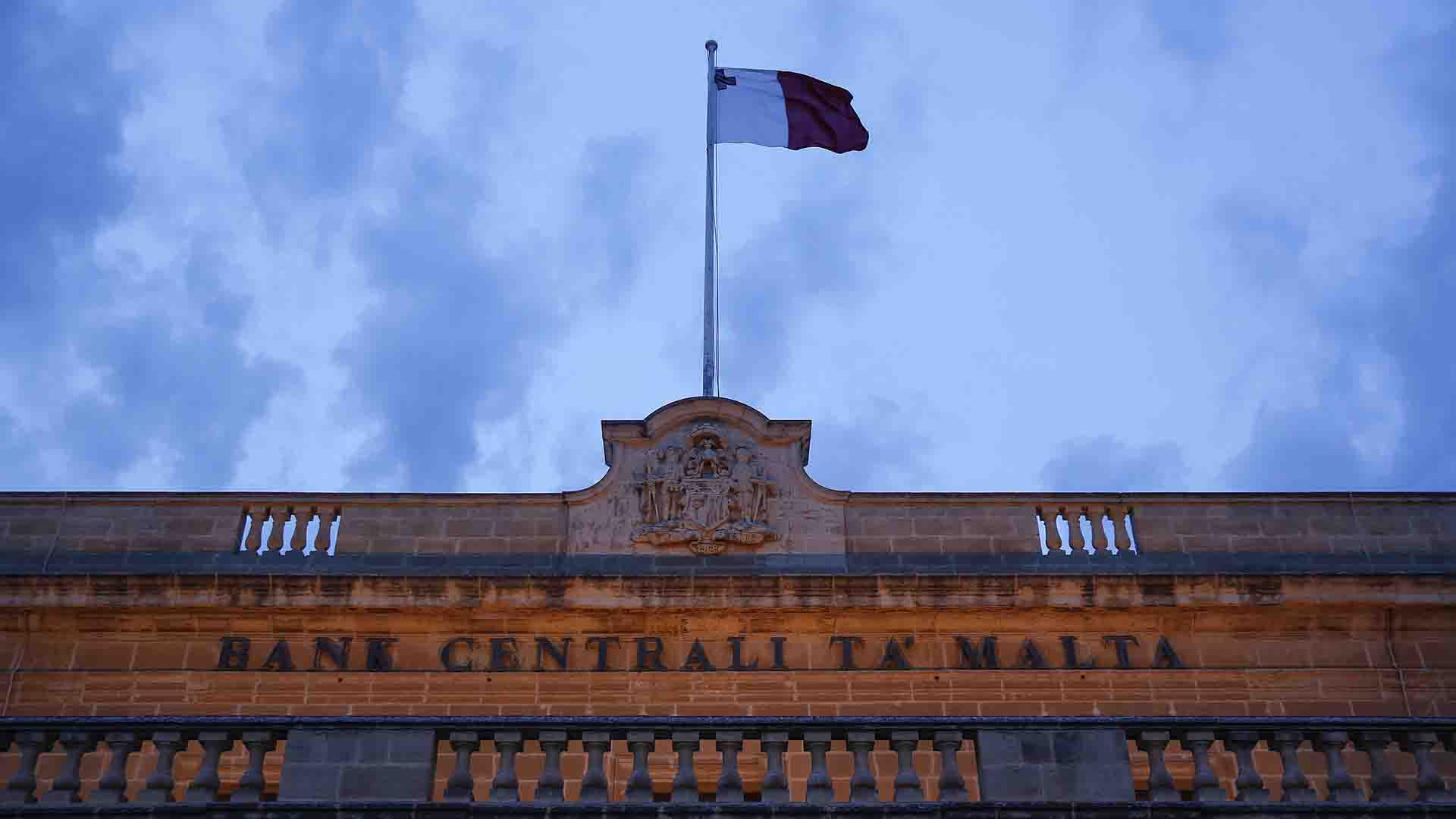Positive Signs Amidst Economic Fluctuations

In the heart of the Mediterranean, Malta’s economic pulse continues to beat steadily, showing resilience in the face of both global and regional challenges. The latest insights from the Central Bank of Malta’s Business Conditions Index reveal a picture of stability, with annual growth in business activity maintaining its course in July. This steadfast momentum is all the more significant as it remains consistently above the long-term average, portraying a business environment that refuses to waver in uncertain times.
The European Commission also weighs in on the economic front with indicators that shed light on the broader sentiment. The economic confidence indicator, a barometer of overall economic health, displayed a notable uptick when compared to the previous month, reflecting a cautious optimism that pervades the air. While optimism prevails, the employment expectations indicator witnessed a slight dip in the same period, albeit holding its position above the long-term average. These mixed signals underline the delicate balance that characterizes modern economies, where positive and cautionary notes harmonize to create a symphony of progress.
Varied Price Expectations Reflect Diverse Sectors
Diving deeper into the economic tapestry, price expectations take center stage, showcasing a mosaic of trends across sectors. July illuminated a nuanced story, with price expectations in the retail sector and, to a lesser extent, in the industry, positioned below their levels from a year ago. This trend might hint at the intricate dance between consumer demand and supply chain dynamics, where various factors influence the ebb and flow of pricing.
However, the services and construction sectors projected a contrasting narrative, with price expectations soaring to significant heights above those of July 2022. This dynamic is indicative of the continued vibrancy in these domains, possibly driven by infrastructural developments and the evolving needs of consumers. As for the consumer realm, price expectations inched upwards compared to the previous year, albeit in a more subdued manner. This gentle rise could signify evolving consumer sentiments, mirroring the delicate interplay between economic forces and the mindset of the populace.
The Labor Market: A Beacon of Positivity
While economic indicators may swing like a pendulum, the labor market stands firm as a beacon of positivity. The landscape of job opportunities and employment continues to paint a promising picture, reflecting the determination and adaptability of Malta’s workforce. This trend not only echoes the resilience of the people but also highlights the nation’s commitment to fostering an environment of sustainable growth.
Financial Dynamics: A Balancing Act
As the economic narrative unfolds, the financial sector assumes a crucial role in sustaining the momentum. Residents’ deposits and credit exhibited a synchronized expansion, with both growing marginally faster at an annual rate in June. This harmony in growth underscores the symbiotic relationship between financial institutions and the public they serve, acting as a driving force behind economic liquidity and vitality.
Real Estate and Inflation: Stepping Stones and Challenges
The real estate arena, often a microcosm of economic health, exhibited intriguing dynamics in June. Residential building permits displayed a slight decline when compared to the preceding month, yet the annual perspective painted a more optimistic picture, showcasing growth. Promise-of-sale agreements, a precursor to property transactions, witnessed a rise on a year-on-year basis in July. However, the number of final deeds of sales experienced a dip in the same period. These fluctuations illustrate the intricate balance between aspiration and realization, a ballet that often characterizes the real estate landscape.
Inflation, an economic metric that keeps economists and consumers alike on their toes, unveiled its tale through the Harmonised Index of Consumer Prices (HICP) and the Retail Price Index (RPI). July saw a further decline in the annual inflation rate, standing at 5.6% and 4.7% for HICP and RPI, respectively. This moderated inflationary pressure, while providing a sense of relief to consumers’ wallets, also hints at the complexities of managing an economy in a world of shifting prices and demands.
Government Finances: A Glimpse Behind the Curtain
In the realm of government finances, June saw the Consolidated Fund reporting a higher deficit compared to the same period in the previous year. This snapshot into the financial underpinning of the nation showcases the ongoing juggling act of revenue generation and allocation, where economic ebbs and flows can influence the delicate equilibrium of fiscal health.
Frequently Asked Questions
What is the Business Conditions Index, and how is it calculated?
The Business Conditions Index is a metric used to gauge the overall health and growth of business activities within a given economy. It takes into account various factors such as production, sales, and employment to provide insights into the current state of businesses.
Why are price expectations different across sectors?
Price expectations vary across sectors due to a multitude of factors, including supply and demand dynamics, production costs, consumer preferences, and market competition. Each sector’s unique characteristics contribute to the diverse pricing trends observed.
What is the significance of the employment expectations indicator?
The employment expectations indicator reflects the anticipated changes in the job market. A rise indicates optimism about increased job opportunities, while a fall might suggest caution or uncertainty about future employment prospects.
How do promise-of-sale agreements and final deeds of sales differ in real estate?
Promise-of-sale agreements are preliminary steps in real estate transactions, where a commitment to buy or sell is made. Final deeds of sales, on the other hand, mark the completion of the property transfer process. Fluctuations between the two can indicate shifts in the real estate market’s activity.
Why is inflation important for the economy?
Inflation, or the general increase in prices over time, is a critical economic indicator. It affects consumers’ purchasing power, investment decisions, and overall economic stability. Moderate inflation is often considered healthy for economic growth, while high or volatile inflation can lead to uncertainties and challenges.
Recommended Posts

Overview of Business Finance in Malta
May 17, 2024

Malta’s iGaming Frontier – Best Brands
May 17, 2024

How to Start Your Malta Business Journey
May 17, 2024



